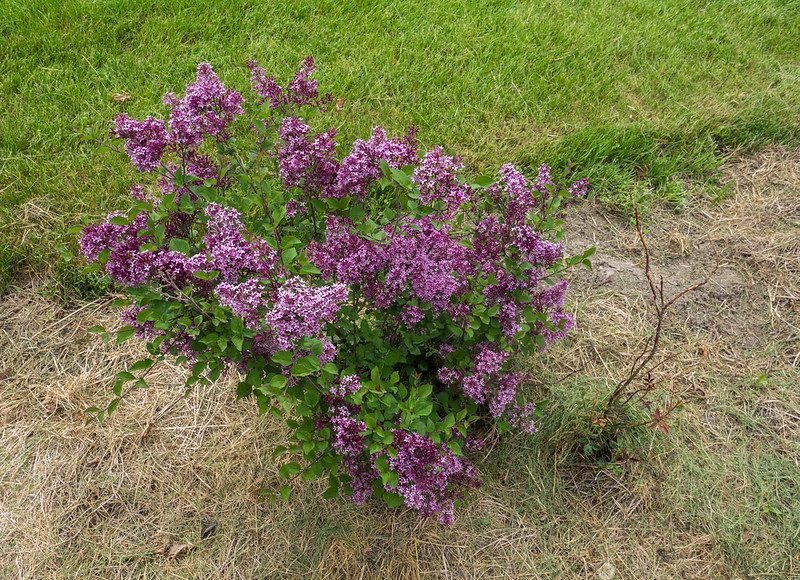Lilac Care and Propagation
Lilacs are some of the most beautiful plants, with their vibrant colours and sweet fragrance! They are perfect for any landscaping application, including hedges, foundation plantings, small gardens, and street trees. Lilacs are adapted to periods of cold weather before they can produce flowers. They are low-maintenance and ideal for a range of landscaping applications, including hedges, foundation plantings, small and large gardens, and street trees. They may be one of the only common woody plants that regularly produce cut flower bouquets.
Lilac bushes come in many sizes and colours such as lavender, blue, pink, purple and white. Each plant gives off a wonderful, sweet smell, which attracts butterflies.
Lilacs supposedly symbolize the joy of youth.
Fertile, humus-rich, well-drained soil is ideal soil(pH 7.0). Avoid using high-nitrogen fertilizers in your garden since they might inhibit or prevent blossom production. Although compost and well-decomposed manure can be put to the soil, mild chemical fertilizer should be administered only in the early spring.
Lilacs are used for their scent to make candles, bath bombs, perfumes and more.
Lilac Propagation
The easiest way for home gardeners to reproduce an attractive plant is by cutting off its suckers and establishing root sprouts.
Nearly all cultivated lilacs originate from hybridization. As a result, seeds will not reliably reproduce the mother plant’s characteristics. Professional lilac producers employ several reproductive methods: root sprouts, layering, cuttings, and cleft and bud grafts. Grafts are the chief commercial way of propagating lilacs; but this requires knowledge, skill and greenhouse resources. Grafts to foreign rootstocks are intended as short-term solutions for propagation; they are discarded after the cutting develops its own roots. Source https://www.cba-abc.ca/wp-content/uploads/2020/01/Bulletin_47_3.pdf
Pruning Lilacs
Lilac pruning is best done in the spring, when new growth is small and easy to work with. Lilacs look their best with plenty of blooms. But there are also many varieties of lilac that produce little or no blooms in the spring. With a little effort, these varieties can be turned into a showstopper. One way to do this is to prune the lilacs heavily in the spring. This will give the lilacs a strong, healthy appearance and fill out their bare branches in the process. You can also focus on the amount of bloom produced by your lilacs. This is best done by cutting back the flowers produced by the lilacs. This will give the flowers more time to produce and will fill out the branches when the lilacs are producing less.
Normally, pruning is the only care needed for a mature lilac. Pruning once a year in spring is recommended. However, it is usually unnecessary up to its first five years of growth. And pruning is recommended to maintain the vigour of mature Lilacs. Trim the bush to shape it once they bloom in early spring. Remove suckers and any dead wood. Do not over-prune as it can result in the loss of blooms for a couple of years.
Propagating Syringa vulgaris
Lilacs can be planted in the spring or the fall, although the fall is preferable. Make sure the location drains adequately, since lilacs do not like wet soil and will not flower. Replant a lilac at the original soil depth when transplanting it.
Caring for Lilacs
In spring, add a thin layer of compost under the plant, followed by compost. Do not over-fertilize. Once your lilac has finished blooming, spread some well-rotted manure around the base.
Companion plant suggestions include Flowering crabapples, Dogwoods, Magnolias

Credit: Iridium135, CC BY-SA 3.0 http://creativecommons.org/licenses/by-sa/3.0/, via Wikimedia Commons
Other
Prone to attacks from slugs and snails. Powdery mildew may occur after a summer of hot humid weather.
References:
https://www.bcliving.ca/the-most-popular-lilac-varieties

by F. D. Richards is licensed under CC BY-SA 2.0.







Leave a Reply
You must be logged in to post a comment.